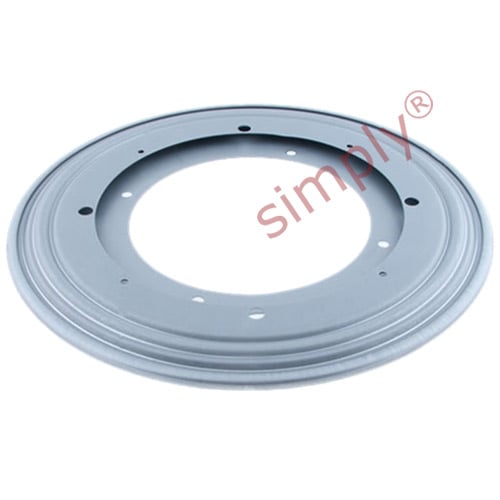was gonna buy some £10 laser pointer n make my own laser jig but looking around the garage i found i had a laser spirit level, brill

now I know the laser light is straight but whether it is aligned parallel to the base of the level requires calibrating.
to find out we need to place the spirit level on a completely flat surface, measure & compare the "surface to laser dot distance" at the emitter and on the projected wall far away.
i don't have any flat surface long enough.
there's only two things i know that are flat at long distances:
- a calm water surface (impractical, messy, don't have a big bath and can't rest the spirit level on it)
- and a laser light
i do have a flat counter-top and a far wall so i could use my laser pointer to set the reference plane of that surface onto the wall.
position the emitter port at the edge of the table n pointed slightly up
as you slowly swivel the pointer down, the projected dot gets lower until its parallel to the surface and the projected dot can't fall any lower, thats the reference plane of the table top. mark it on the far wall
if we angle the pointer any lower, the beam starts to reflect off the surface and the dot begins to rise from its lowest point
now we place the spirit level on the flat surface then measure & compare the "reference plane to laser dot distance" at the emitter and on the projected wall far away.
mine was pointing slightly down
to level the beam i placed a sheet of folded twice paper under the front of the spirit level, remeasured and yay it matches
now with the laser corrected by the thin folded paper, I made the jigs by cutting 415mm lengths of the same thickness wood so they sit on the edge of the alloy rims.
tape the level onto one of the jigs.
add up the "base to laser dot distance", offset distance between front/rear wheels and thats how far away the laser should be pointing from the outer face of the rear jig (notice the taped ruler)
laser jig tied to the front alloy
rear measuring jig tied to the rear alloy
surprised it's so sensitive to the most minute steering movement, even with the steering lock engaged
the flexible tyre gripping onto the floor will influence where the steering alignment "flexes back to" after any adjustment so to eliminate that flex, I'll need to make a bearing turn-table so the wheel can swivel effortlessly
also the steering wheel moves about quite alot even with steering lock so i'll have to tie a rope to pull the steering to one side up against the lock to keep it still







